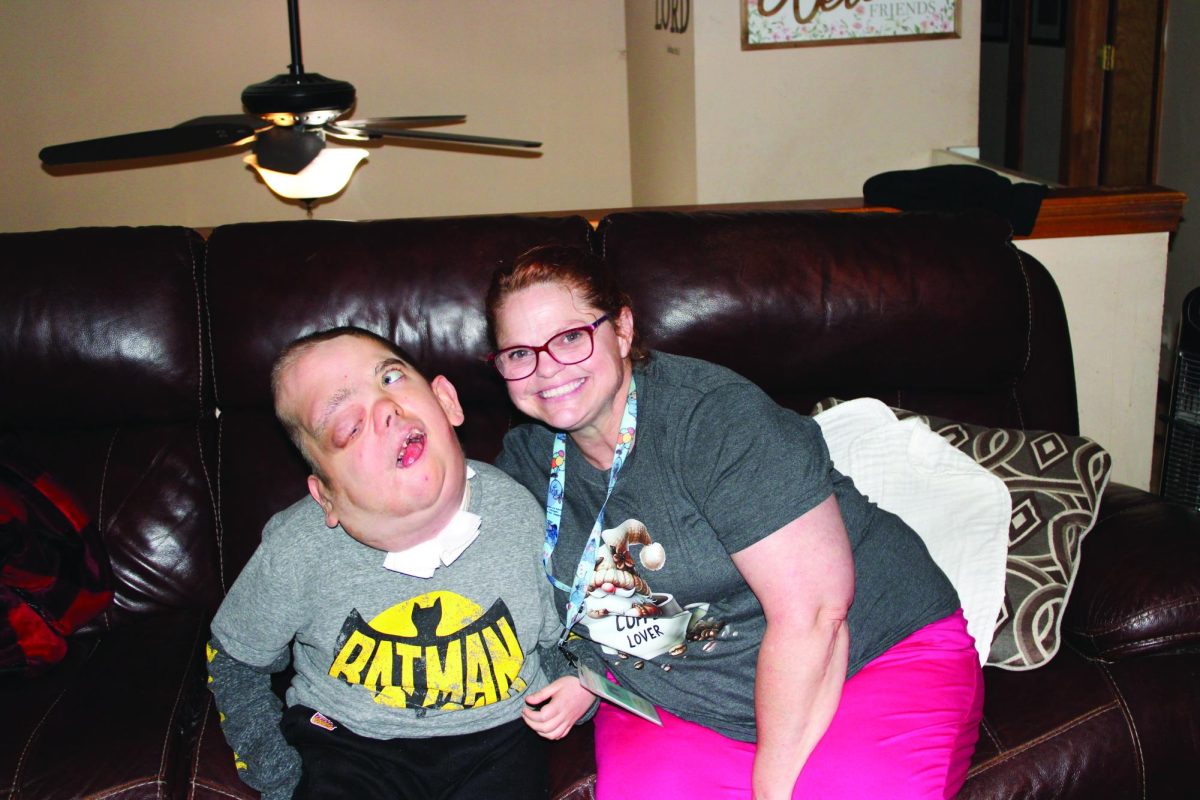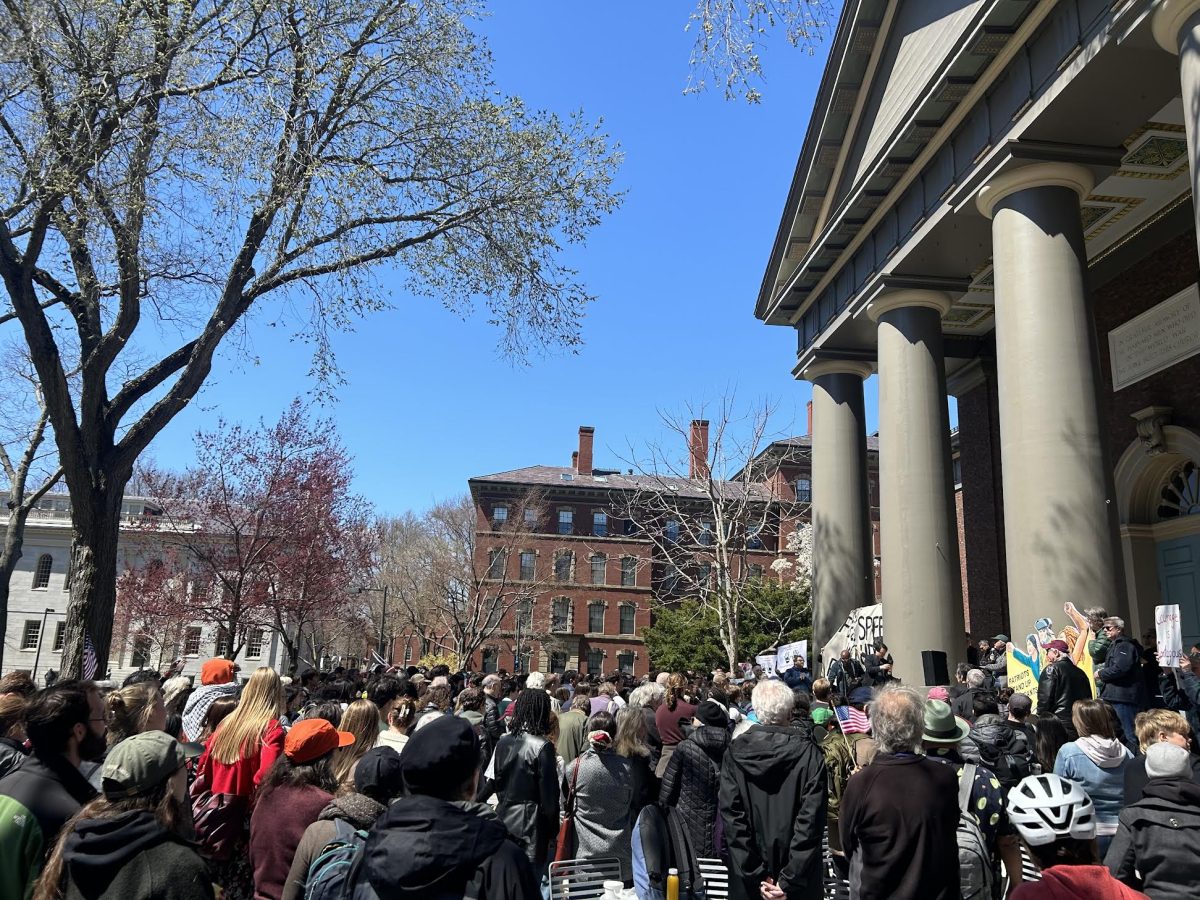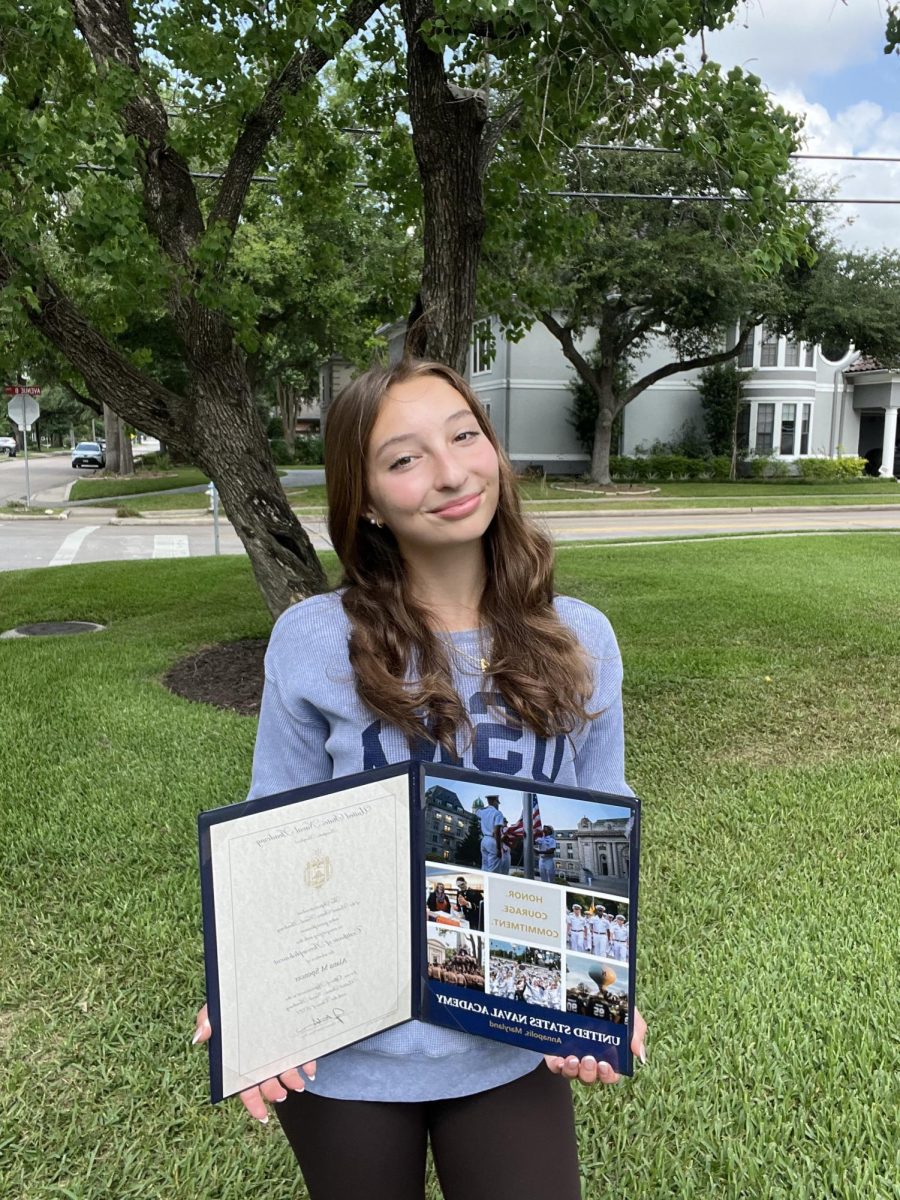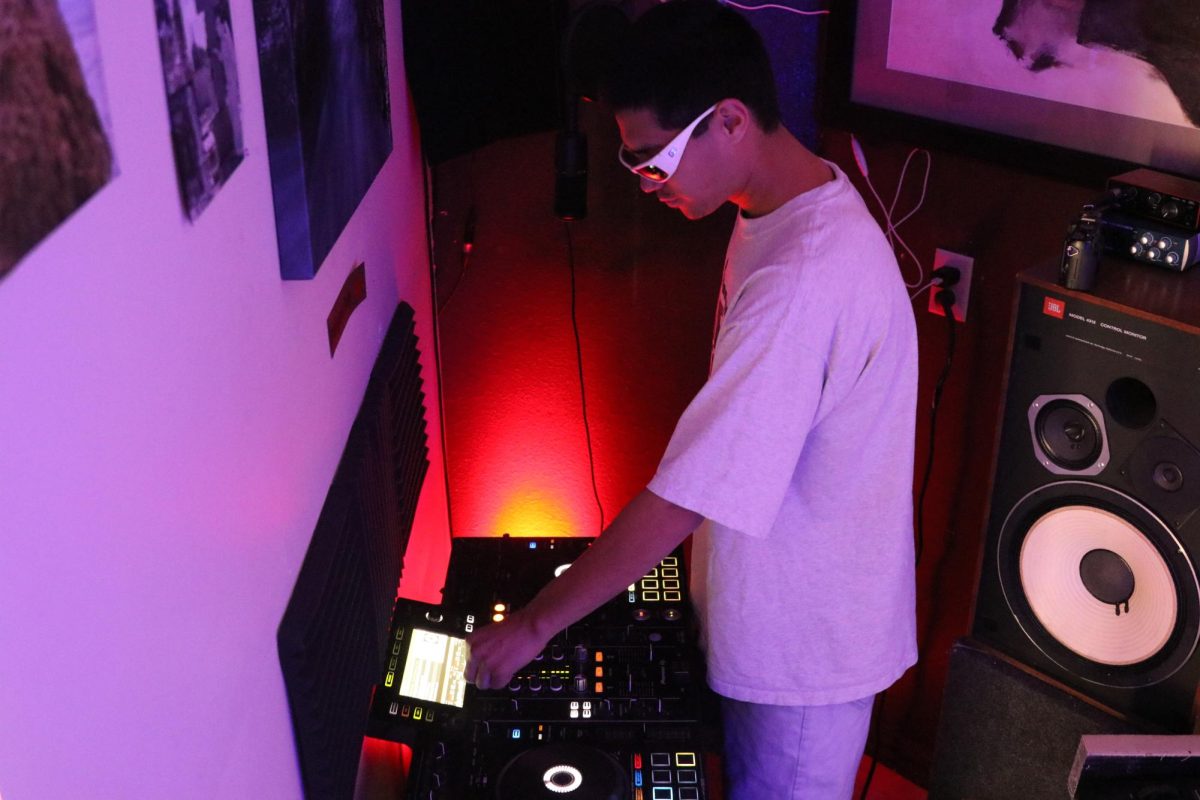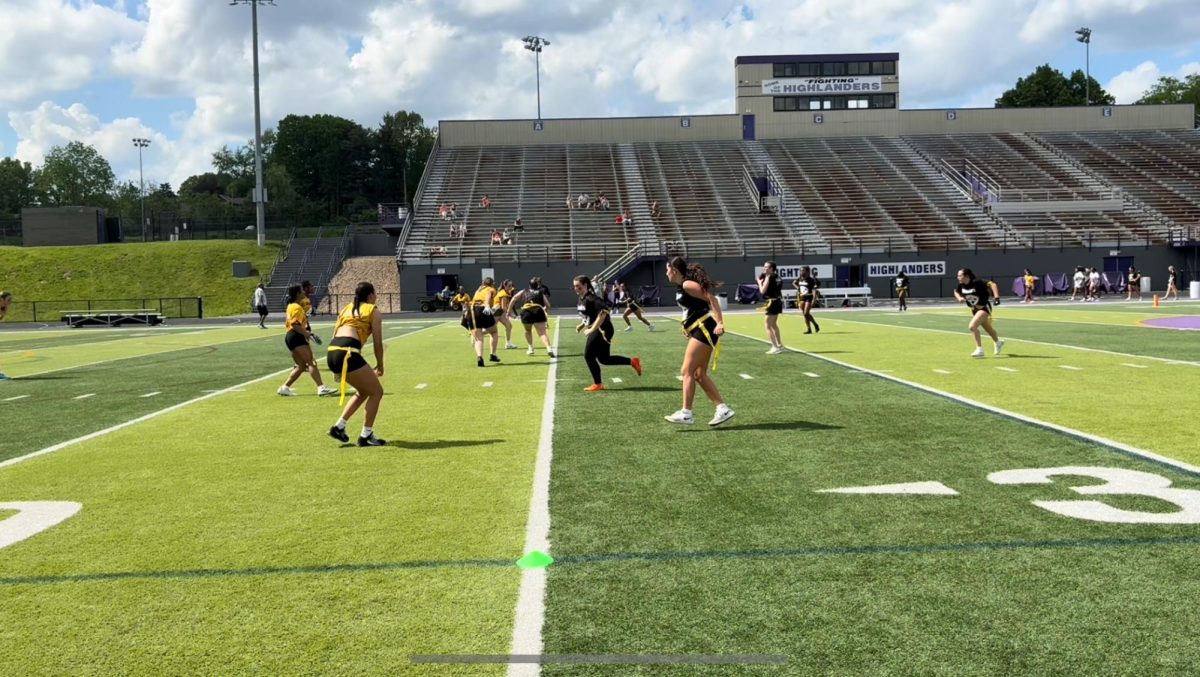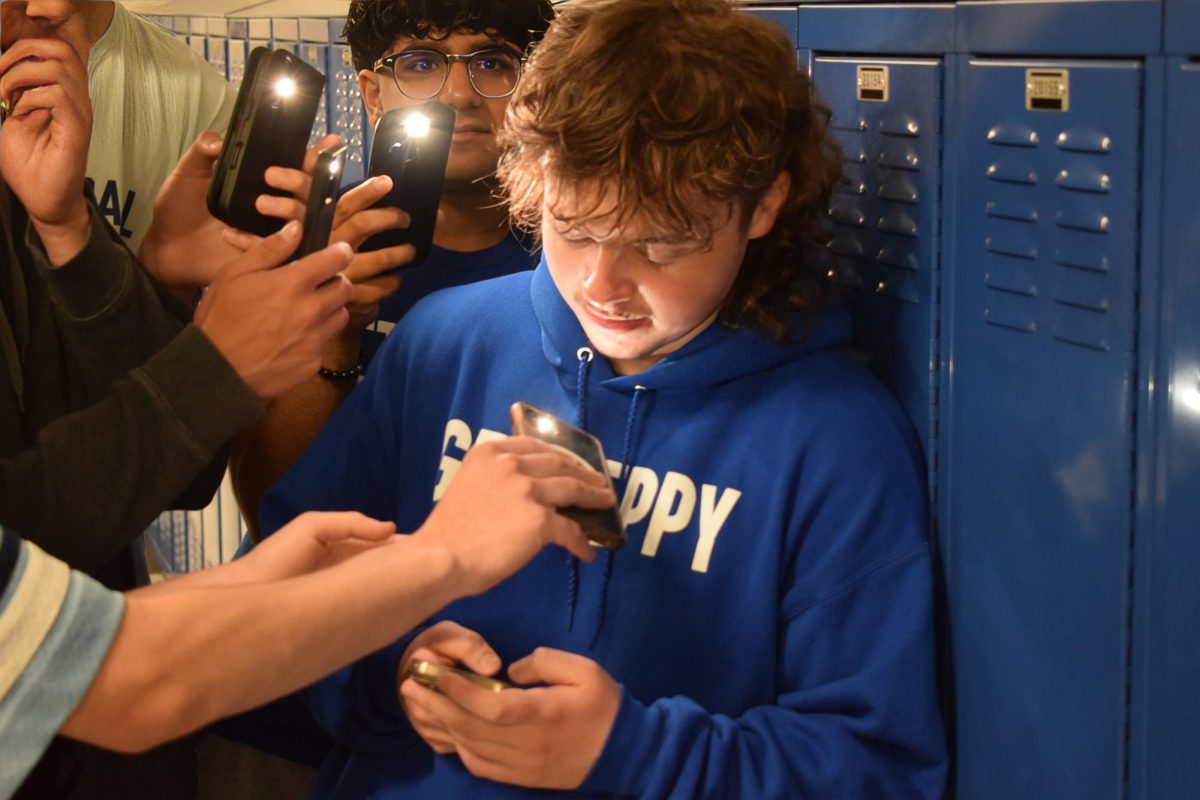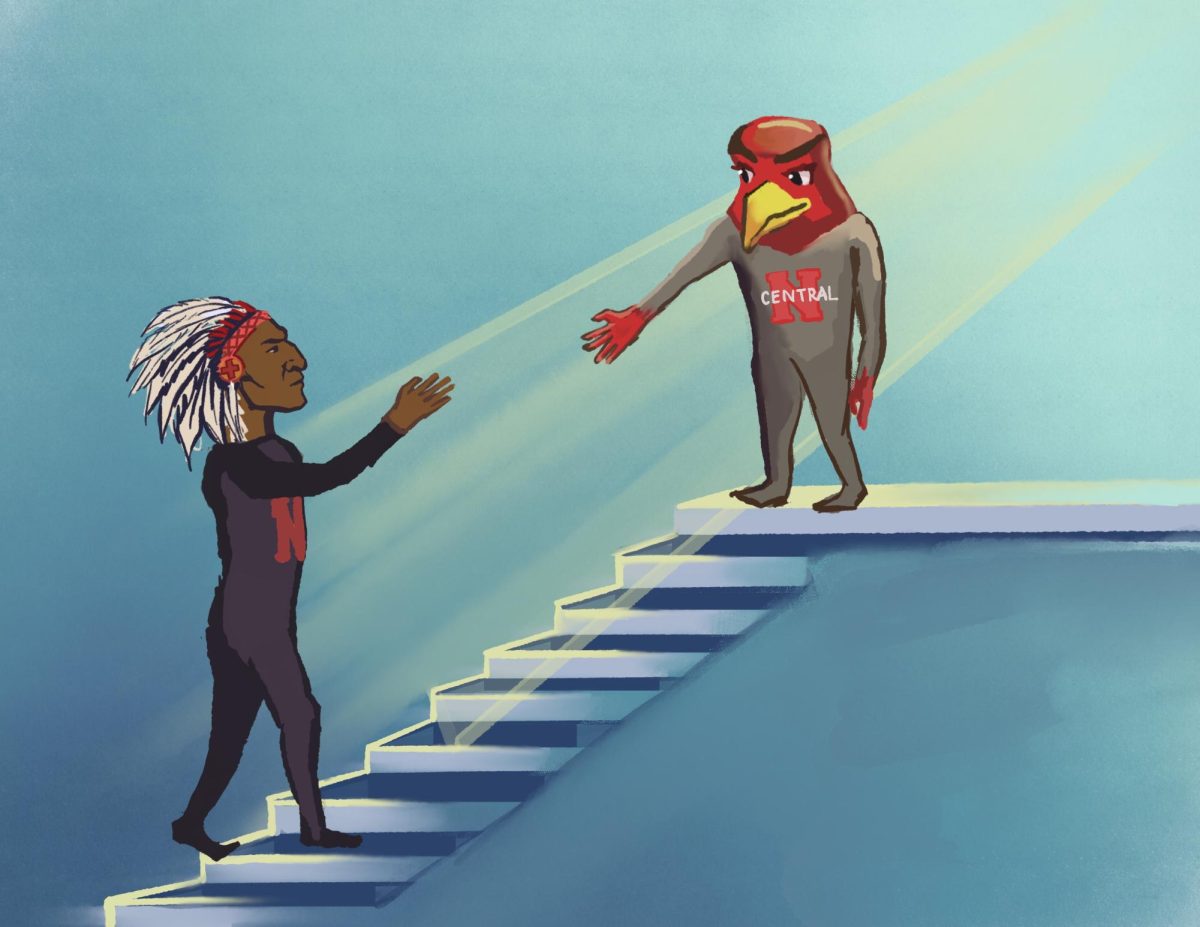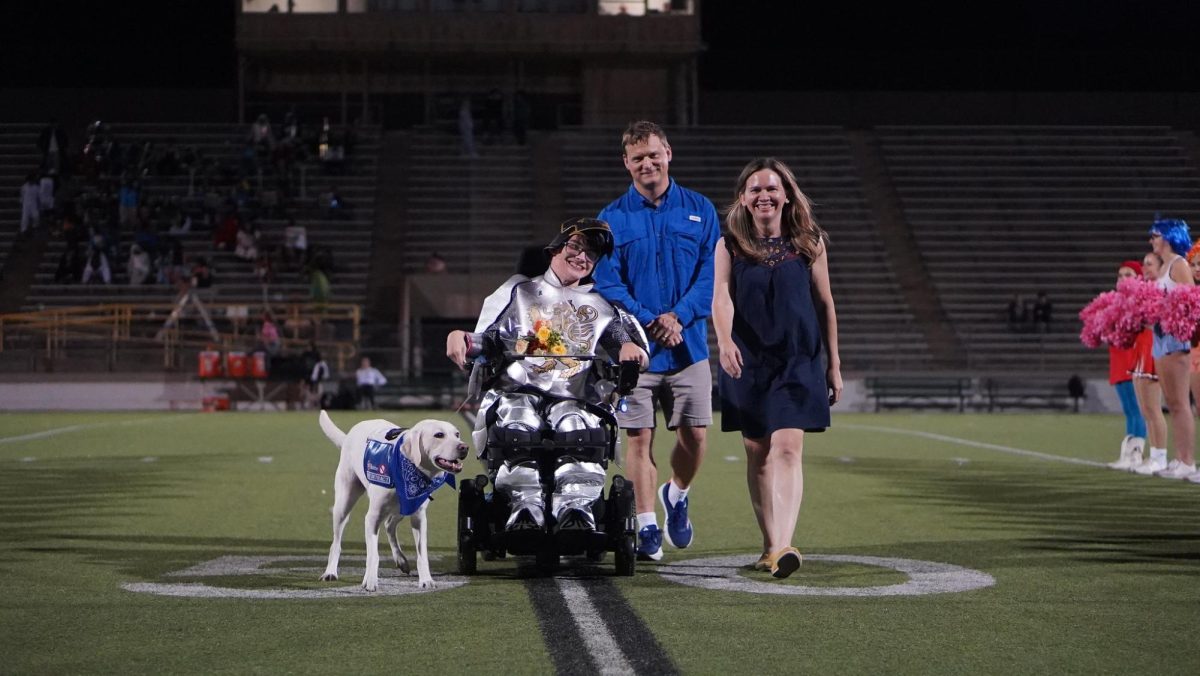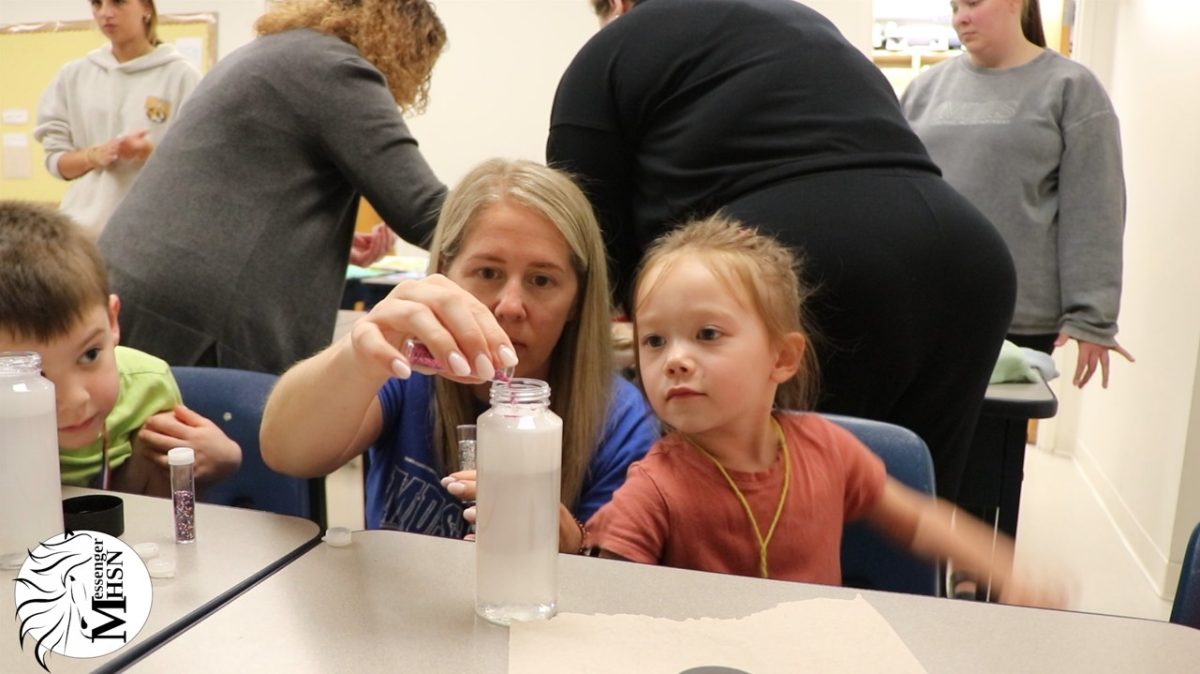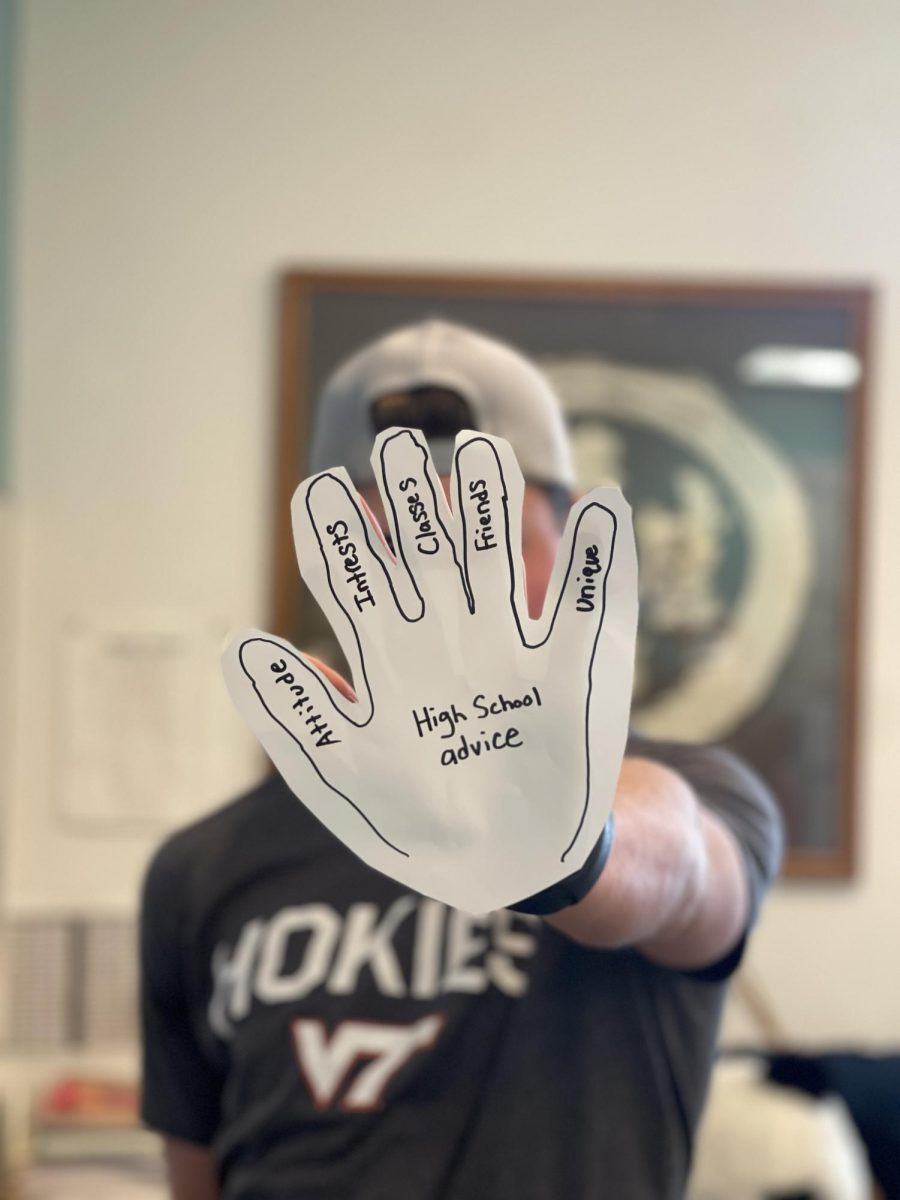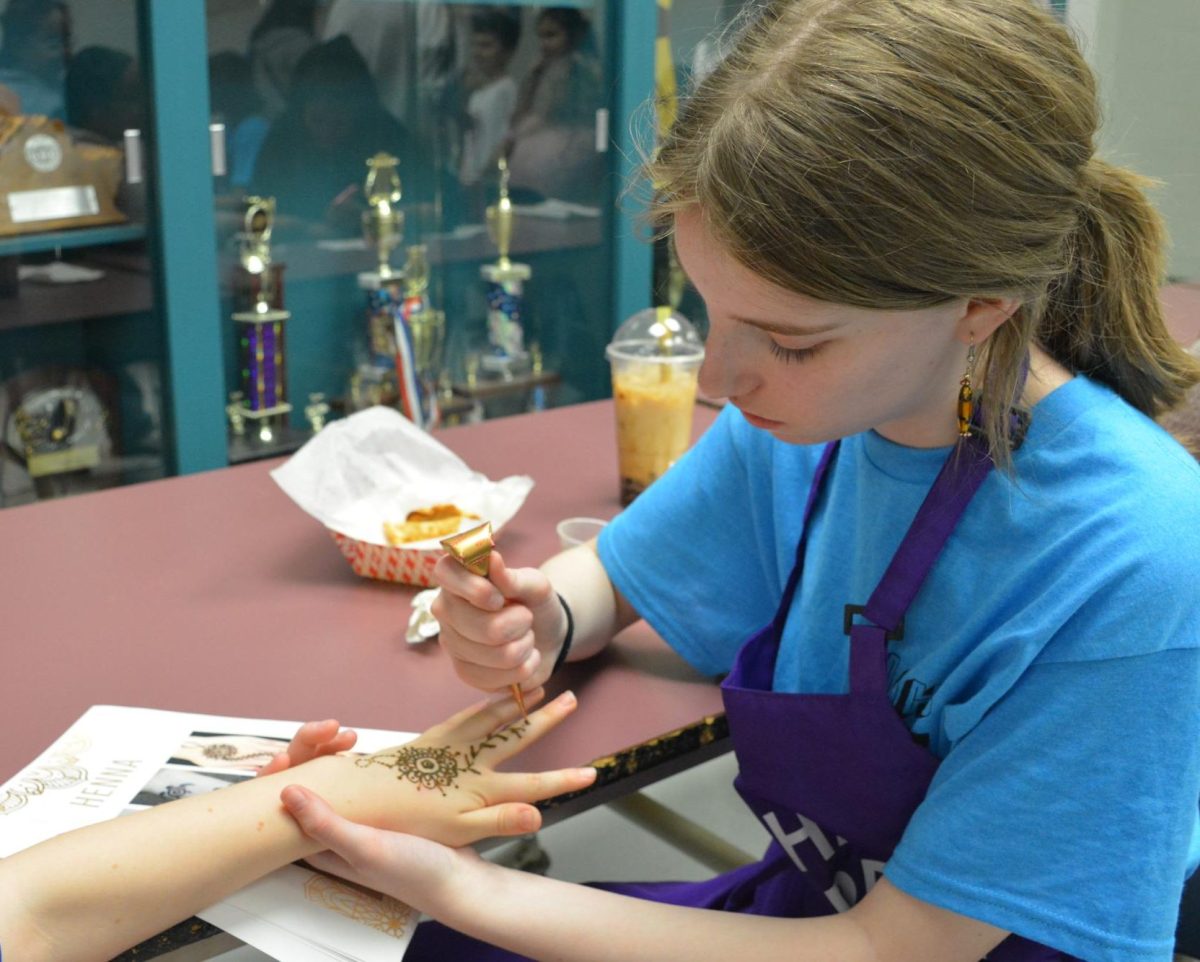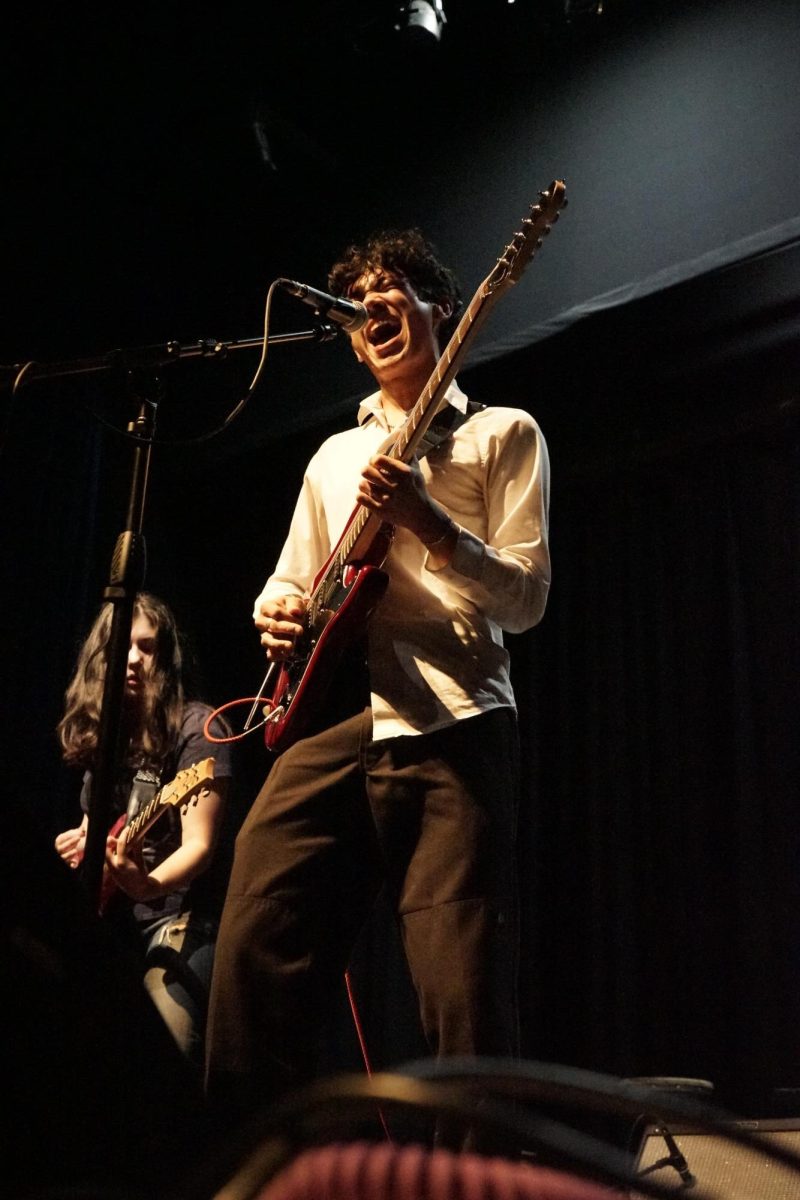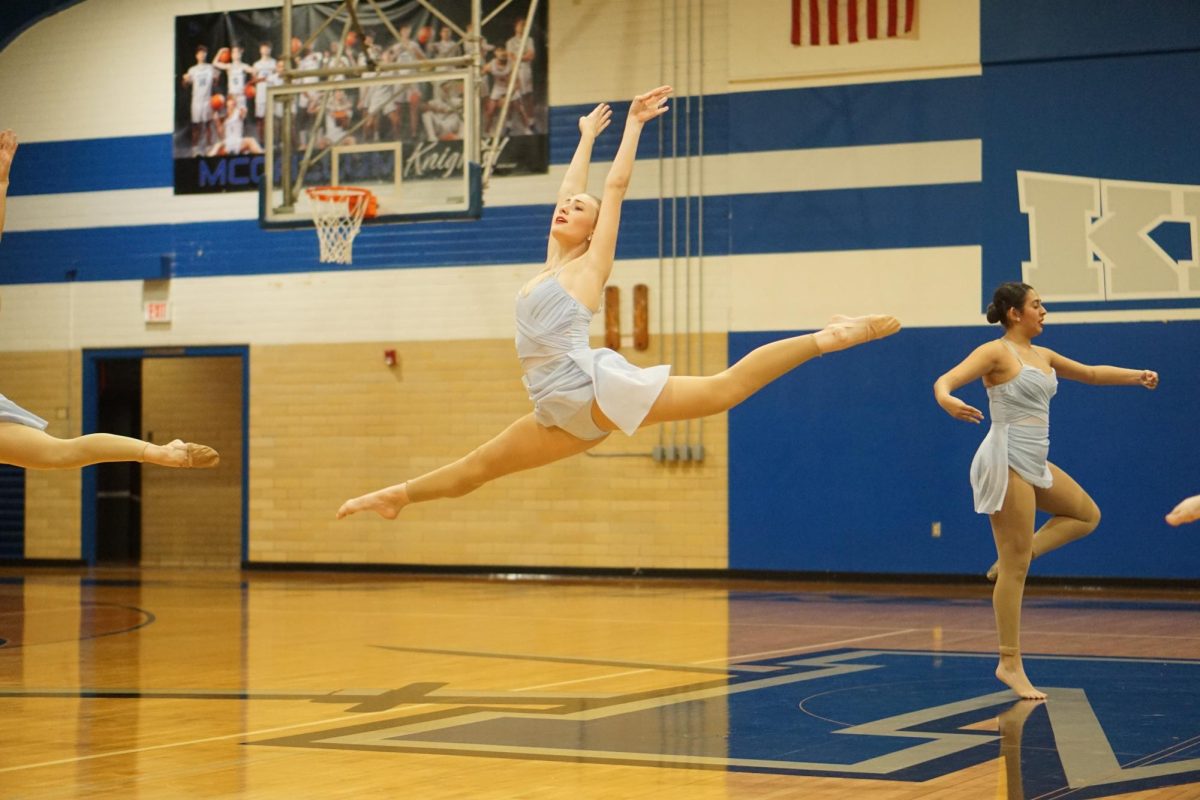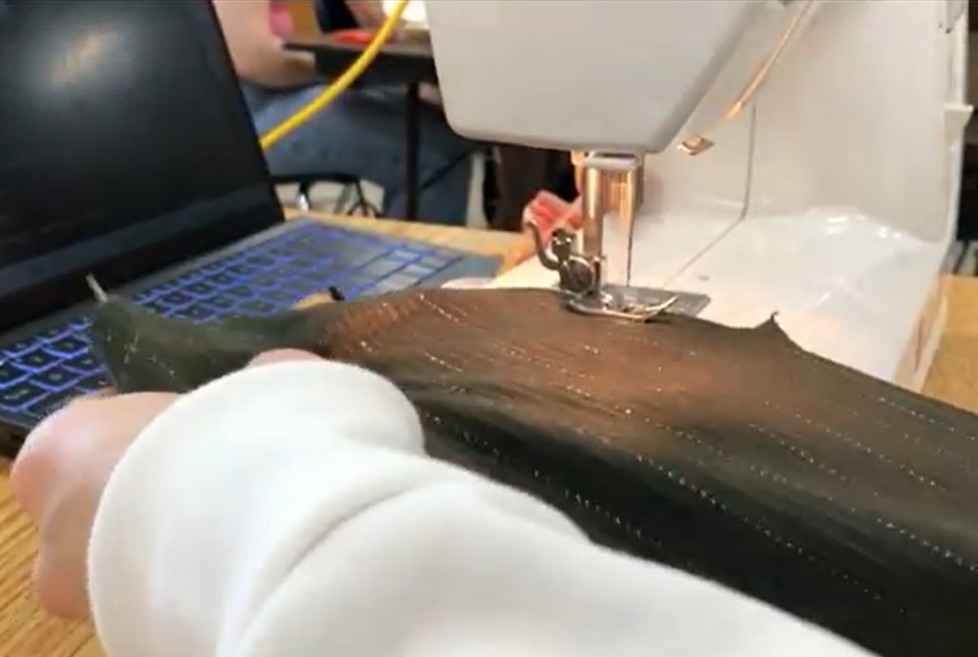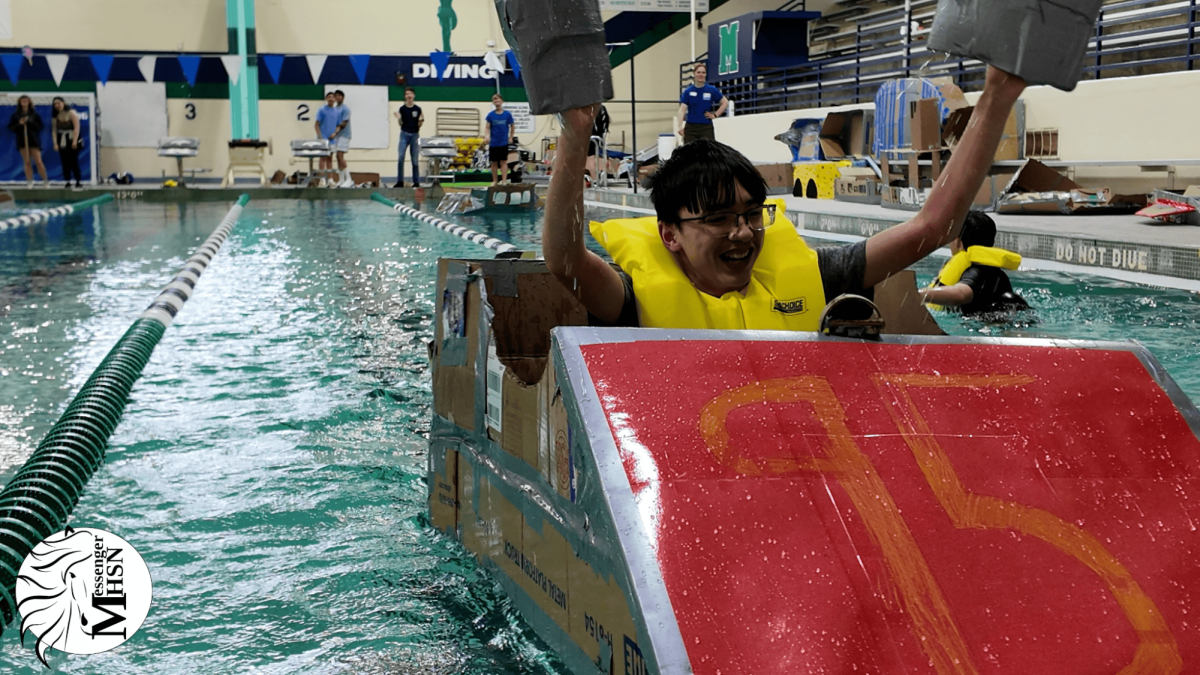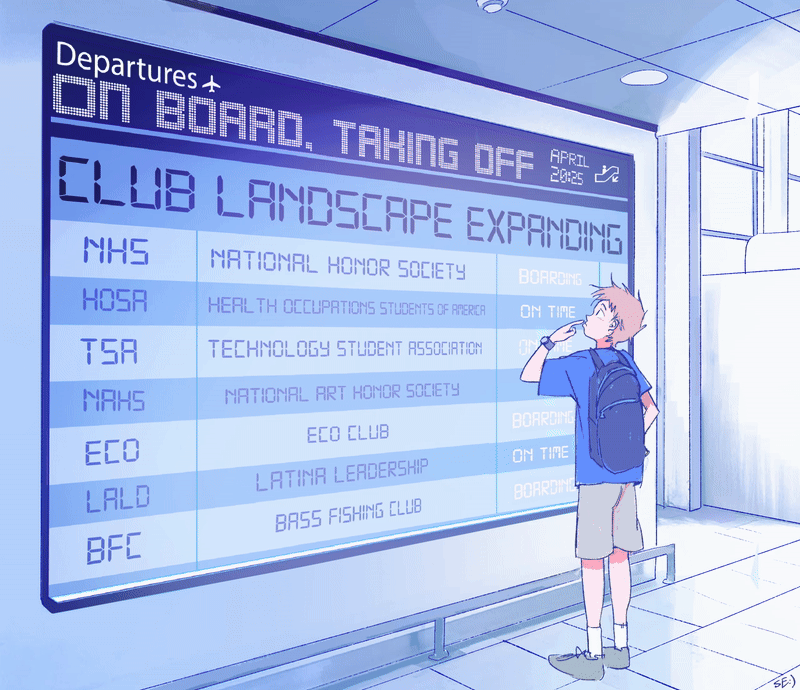As the bell rings at 4:15 p.m., the Coppell High School student body rushes past the exit doors to end their school day. Yet, every day many students remain behind, whether meeting to discuss the latest medical advancements or play a tabletop game.
“When I was here teaching and coaching, we hardly had any clubs,” Principal Laura Springer said. “As we’ve grown and got to a 6A school when I came back, we were sitting at probably about 30 clubs.”
This year, CHS is home to 102 clubs — approximately one per 30 students. With great numbers come great responsibilities.
 When sophomore Danna Trujeque moved to Coppell after eight years of living in Monterrey, Mexico, she faced learning a new language and settling into a new culture. Seven years later, Trujeque found a community of similar girls through the club, Latina Leadership.
When sophomore Danna Trujeque moved to Coppell after eight years of living in Monterrey, Mexico, she faced learning a new language and settling into a new culture. Seven years later, Trujeque found a community of similar girls through the club, Latina Leadership.
“We share a lot of things in common, like we all moved at some point and we know what it’s like,” Trujeque said. “It is really nice to know that other people understand this. I want to help girls that come here newly and then we want them to join to know that.”
Latina Leadership is one of 15 identity-based CHS organizations, uniting students under a common language, culture or experience. The school is home to a diverse array of clubs, centering on a common identity, future career or activity.
Students apply to establish and renew clubs at the beginning of each school year. According to associate principal Taylor Smith-Bothun, the school received 180 club applications this year. Each application must include the purpose of the club, how it aids CHS, a teacher sponsor and 10 students ready to join.
“It is not meant to be a hurdle for students, but it is meant to be a step for them to think about, ‘is this a club that only I or a small group of friends would be interested in, or is this something that a larger group of students would want to join?” Smith-Bothun said. “I would hate for a student to put the effort into forming a club, researching it and planning for it and then to not have students come.”
This application allows for the creation of diverse and niche student groups.
Consider senior Aidan Luu, co-founder of the Bass Fishing Club with junior Landon Nguyen. With more than a decade of fishing experience, Luu brought his love for the activity to other students this year.
“I was thinking about joining other clubs around 10th grade, but I just didn’t find any of those clubs interesting enough for me,” Luu said. “I decided I might as well start my own club, something that I knew a lot of people I know at school were interested in and would maybe try to learn.”
But passion clubs are a rarity at CHS.
“When I participated in the club fair, I saw all these clubs about competing and volunteering, but I didn’t see as many cultural clubs,” Luu said. “I wanted to see more passion-based or hobby clubs.”
Majority of the 102 clubs focus on an academic or vocational pursuit, giving students an outlet to prepare for their futures. Volunteering also takes center stage throughout many clubs.
“It is probably the best way to get experience in the field,” senior HOSA president Dhruv Nalla said. “If you are not volunteering, then there are only so many things a member can do other than compete, and we want our members to be active.”

DECA advisor Richard Chamberlain remembers the Coppell DECA chapter a decade ago focusing on work-based learning and vocational experience. Today, the competitive powerhouse boasts a 396-student membership. HOSA and Technology Student Association (TSA) each stand more than 350 members strong, a stark increase from previous years.
Career and Technical Student Organizations (CTSO) complement Career and Technical Education (CTE) curriculum through practical application in competitions, volunteering and large-scale guidance. CHS currently offers four CTSOs: DECA, HOSA, TSA and the Texas Association of Future Educators (TAFE).
“The state added more and more classes to CTE in areas like business, marketing and finance,” Chamberlain said. “As those classes grew in popularity for schools to offer, DECA slowly morphed into a much more competitive and larger organization, specifically here in Texas due to population growth.”
Since the 2018-19 school year, students are required to enroll in the corresponding CTE classes to participate in CTSOs. Through this, the organizations build upon classroom curriculum and provide new perspectives.
“TSA touches on engineering, touches on architecture and a lot of things we don’t have at this school,” Garner said. “It’s got welding and a bunch of other things that kids could be doing, that are CTE courses that we don’t offer, and so it gives them those opportunities as well.”
The increase in CTSO participation reaps many benefits for CHS, now a frequent receiver of state, national and international awards.
“When I first started back in 2017, we barely got people up on the stage in fifth place,” HOSA advisor Bill Borowski said. “Very few made it to state and nobody made it to internationals, to my knowledge. Now, we had 10 people make it on the stage at internationals, including a third and a couple of fourth place finishes.”
However, international recognition comes at a hefty price. Literally.
“Everything’s getting more and more expensive,” Borowski said. “They charge more for dues and for hotels and travel and everything has really gotten pretty cost-prohibitive — it is a challenge. We are having to pass some of that cost on to the students, so there have been students that have not been able to participate because they could not afford it.”
Borowski thinks CTSOs bring valuable experiences and life lessons to their members.
“Competition is part of it, but it’s only a small part of it, you know, everything else is involved,” Borowski said. “We are trying to build citizens, that’s the bottom line.”

In 2019, Business Professionals of America (BPA) lead advisor Bruce Stewart stepped down from his position.
“A lot of the events occur on weekends and there is time away,” Stewart said. “There is a small stipend but in a lot of cases, the additional work doesn’t necessarily justify the required effort. It is extra work with minimal financial reward.”
CHS no longer offers BPA as a CTSO.
With every proposed club comes a need for a teacher sponsor to oversee activities and manage finances. As CHS hosts more student organizations, demand for sponsors increases.
Teachers are asked to sponsor no more than two clubs to ensure proper involvement and balance with classroom duties. Math teacher Farzin Farzad is a proud sponsor of four clubs.
“They are not just running a club — they are bringing peers together, having activities for them, letting them grow outside of the classroom,” Farzad said.
Taking on more clubs, Farzad employs a more passive approach to sponsoring.
“I do not micromanage,” Farzad said. “These are activities that help students grow, so if you want them to grow and just find their own way of doing things, I would rather not tell them how to do it my way.”
Other teachers take on more active roles in sponsoring.
“One of the biggest things that teachers can do as a club sponsor is to find opportunities for students to do things,” said anatomy teacher Jodie Deinhammer, sponsor of Eco Club and Anatomical Society. “It helps to have an adult guide you into finding those [volunteering and other] opportunities.”
Yet, even with great involvement, most sponsors are not compensated for their extra work. CTSO advisors, however, do receive stipends.
“It is nice to get something, but if you figure out how many hours you put into it, the weekends you give, the travel and all that stuff, it’s not worth it for the money,” Borowski said. “You don’t do it for money. You can’t. If it was all about money, nobody would do it.”
Advising CTSOs comes with large responsibilities and high commitment, creating hesitation to fill the roles.
“If something goes awry, you are certainly representing the district,” Stewart said. “There is support behind you, but in today’s litigious society, it adds a whole different concern and accountability that you don’t see in the classroom. There is not direct oversight on kids on trips versus as there is here, that opens up a potential can of worms.”
With larger clubs, such as CTSOs and Student Council, many advisors delegate tasks to student leadership, allowing them to take a greater role within the organization. Chamberlain attributes DECA’s success to its 18-member officer team.
“We have created a group of people who are very dedicated to DECA, dedicated to the success of the chapter, dedicated to completing the necessary items to keep the chapter moving,” Chamberlain said. “It is a significant amount of work.”

Junior Aadith Gowda cannot remember all of his current clubs. Last year, he was a member of 13, but today is a different question.
“I guess I lost track at this point,” Gowda said.
Whether it be as vice president of the Junior World Affairs Council or Round-Up yearbook member, Gowda spends most of his days after school in a meeting for one club or another.
“My passion is why I show up, but my college applications are why I stay,” Gowda said. “If I had more free time I would do everything.”
As a competitive high school, CHS is no stranger to college motivations within its student body. Junior Tejika Devabhaktuni is the proud vice president of UNICEF and involved in many health science related clubs, aiming to aid the community through fundraisers, personalized cards and more. Devabhaktuni thinks her involvement in many clubs will aid her in the college applications process.
“Participating in clubs will show my commitment to community service and making an impact, not only because of the amount I am in, but how I am able to balance all these clubs on top of my schoolwork and extracurriculars,” Devabhaktuni said. “It shows that I am willing to do a lot for what I’m passionate about.”
According to lead counselor Ann Cinelli, while participating in clubs is helpful, colleges focus on the quality of participation over quantity.
“Being the leader and organizer of everything can be detrimental, because you’re not showing a willingness to learn, you’re showing a willingness to lead,” Cinelli said. “Colleges don’t really want a willingness to lead — they want to make you the leader.”
According to Garner, Coppell’s college mindset comes with negative consequences to the participation of club members.
“We have people that are members of 17 clubs, three CTSOs, and their true involvement is maybe in one,” Garner said. “All the CTSOs and clubs, we have a membership problem; we have 350 students and I would hazard to guess we probably have 75-100 that do not attend anything or desire to, because they want it as a check mark on their resume and nothing else.”
With unattached members and leadership, some clubs are unable to last more than a few years at CHS.
“Just because you create an organization doesn’t mean you’re going to get into the Ivy League school,” Student Council sponsor Benjamin Stroud. “You have to show that you fostered it and continue it. There are so many smaller clubs that are just there until that person graduates and then it is gone.”
Despite criticism, many club aficionados defend their participation regardless of the motivation
“If someone works 100 hours out of the goodness of their heart, and someone else works 100 hours so they can write it on their college apps, both of them did 100 hours of service,” Gowda said. “The thought process behind actions for tons of people is totally different; some are religious, some for college, some just because they like doing it. But at the end of the day, the question is did you help your community?”
Executive news editor Sahasra Chakilam contributed to this report.
This story was originally published on Coppell Student Media on April 2, 2025.

